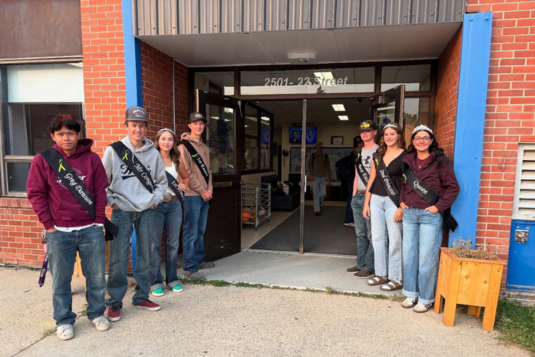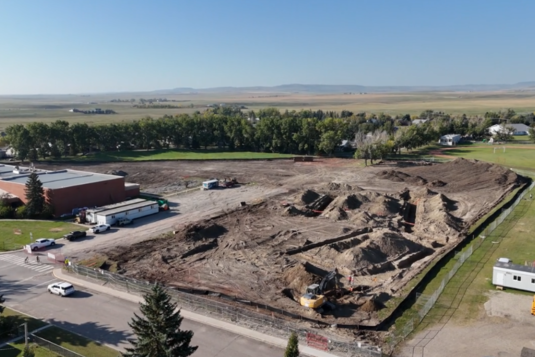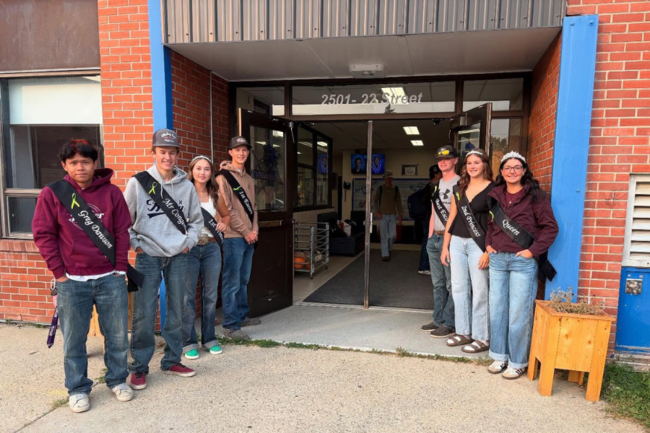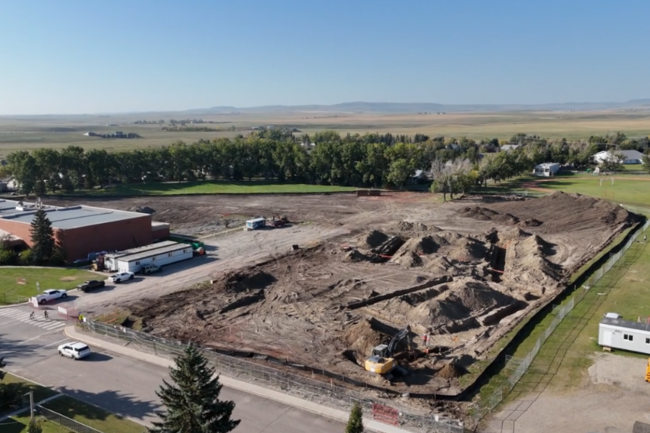Eye on Education: Hold Harmless Funding
Posted on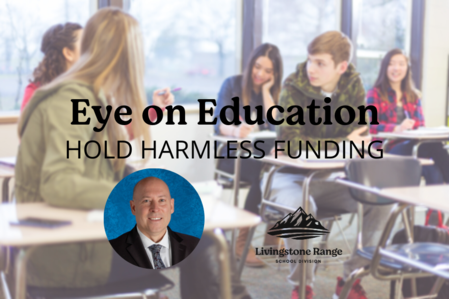
Written by Superintendent Darryl Seguin
Reprinted with permission of The Lethbridge Herald
From tiny one-room schoolhouses where slate boards and pencils were the tools for learning, to schools with hundreds, sometimes thousands of students working in computer labs and on personal devices, education in Alberta has changed considerably in the past 100-plus years. Since the beginning of the pandemic 7.5 months ago, the rate of change in education has accelerated rapidly, resulting in new processes, structures, instructional strategies, assessment practices, and increased and innovative uses of technology. Educators are doing their best to continue delivering high-quality educational experiences for both in-person and at-home students as well as increased peace of mind for families, staff, students, and other stakeholders as everyone learns to navigate education during a pandemic.
Currently many school divisions are reporting a reduction in the number of students attending provincial schools and an increase in school-instructed at-home (online) learning and parent-directed Home Education programs. What do these changes in student numbers and programming mean for the future of education in Alberta?
Before I touch on the impact these changes may have, I would like to express my concern as a superintendent of education, community member, and parent about the reduction of students attending public school. Where are these missing students? Not all of them are accounted for in alternative programming. Have families moved out of the province? Could some parents be choosing to keep their children home with no formal education happening? Perhaps some parents have chosen the unsupervised, unfunded home education program option now available with the newly created Choice in Education Act. These last two choices worry me. All children deserve a high-quality education with a breadth of programming and student support that will set them up for success in the future; not one single student should be excluded from such opportunities.
While it is very important that we do our best to ensure all students have continued opportunities for education during this pandemic, it is equally important that we examine the impacts changes in student numbers and programming will have on the future of the education system in Alberta. Increases in staffing and resources necessary to accommodate the various educational delivery methods result in increased costs to the school divisions. Lower student numbers today ultimately result in less funding tomorrow.
Under the recently implemented funding framework, Alberta Education uses a three-year Weighted Moving Average for Kindergarten to Grade 12 students. The bottom line on how this budget system works is that many school divisions initially projected a certain number of students for year one. Those student numbers, however, significantly decreased due to the pandemic which will cause a negative impact on funding for the following two years. School divisions will now be expected to provide the same level of education with fewer dollars. This is simply not possible. Potential impacts of significant cuts in funding in years 2 and 3 will undoubtedly result in increased class sizes, less educational support in the classroom and fewer course offerings for students.
As a result, several school boards have asked the Ministry of Education to consider the 2020-21 school year as ‘hold harmless’ school year so that the above concerns do not negatively impact students in the future and we will have the funding necessary to continue offering the high quality of education Alberta is known for.























